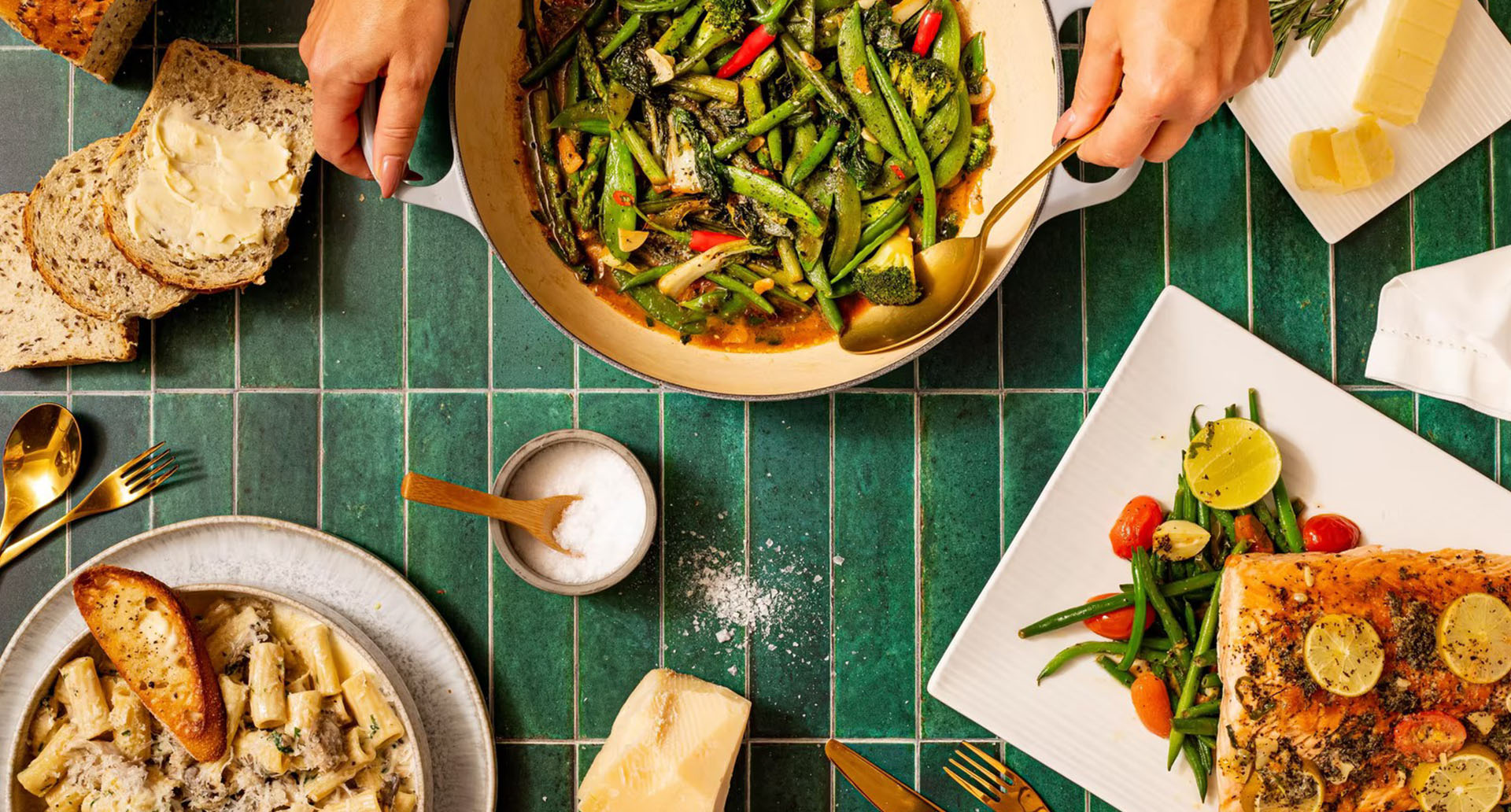In the highly competitive food and beverage industry, product packaging serves as a critical touchpoint between your brand and consumers. An expertly designed packaging dieline ensures that your product not only looks great but also remains secure and functional. At NOVO MxC, we specialize in crafting high-quality packaging dielines tailored to the unique needs of food and beverage products. This comprehensive guide will delve into the key factors a professional designer considers when creating a packaging dieline.
What is a Packaging Dieline?
A packaging dieline is a flat, 2D template that outlines all the necessary cuts, folds, and bleed areas required to construct a package. This blueprint ensures that your design translates accurately to the final 3D packaging, maintaining both aesthetic appeal and structural integrity.
Important Factors in Designing a Packaging Dieline
1. Product Specifications
Understanding the exact dimensions, weight, and physical characteristics of the product is fundamental. This knowledge informs the size and shape of the packaging, ensuring a perfect fit that protects the product and prevents damage during transit.
2. Packaging Material
The choice of material significantly influences the dieline design. Common materials include cardboard, plastic, glass, and aluminum, each with distinct properties and limitations. For instance, cardboard may require additional reinforcement for heavier products, while plastic offers more flexibility in shape but demands precise cut lines.
3. Structural Design
Structural integrity is paramount, especially for food and beverage products that may be subjected to various environmental conditions. The dieline must include precise fold lines and flaps that ensure the package remains robust and secure. Additionally, the design should facilitate easy assembly and closure.
4. Graphic Design Elements
Incorporating brand elements such as logos, color schemes, and taglines is crucial. The dieline must accommodate these elements without compromising the overall design. Consideration of the packaging’s visual hierarchy helps in placing essential information like product name, ingredients, and nutritional facts prominently.
5. Print Specifications
High-quality print specifications are essential for ensuring that the final product looks as intended. This includes understanding color modes (CMYK vs. RGB), resolution requirements, and any special printing techniques like embossing, foiling, or UV coating. Bleed areas must be factored into the dieline to prevent any unprinted edges.
6. Regulatory Requirements
Food and beverage packaging must comply with various regulations, including nutritional information, barcodes, expiry dates, and health warnings. The dieline should allocate space for this mandatory information, ensuring it is legible and compliant with industry standards.
7. Prototyping and Testing
Before mass production, prototyping is a crucial step. Creating a physical prototype helps in assessing the fit, functionality, and overall appearance of the packaging. Testing the prototype can reveal potential issues that need addressing, such as alignment problems or structural weaknesses.
8. Environmental Considerations
Sustainability is increasingly important in packaging design. Selecting eco-friendly materials and designing for recyclability or reuse can significantly enhance your brand’s appeal. The dieline should reflect these considerations, promoting a positive environmental impact.
Types of Food and Beverage Packaging
- Boxes and Cartons: Ideal for cereals, frozen foods, and dry goods. Ensure alignment of panels and sufficient space for branding and information.
- Bottles and Jars: Suitable for liquids, sauces, and jams. Labels must wrap seamlessly around the container, accounting for curvature.
- Cans: Used for beverages and canned foods. Design a cylindrical template with perfect alignment of design elements.
- Pouches and Bags: Popular for snacks and dry goods. Consider unique shapes and closure mechanisms like zippers or tear notches.
- Trays and Clamshells: Used for fresh produce, baked goods, and ready meals. Ensure a secure fit and ample branding space.
At NOVO MxC, our team of experts is dedicated to creating custom packaging dielines that not only protect your product but also enhance its market presence. We ensure every detail is meticulously planned and executed, resulting in packaging that captivates and converts.Ready to elevate your packaging design? Learn more about our packaging design services and see samples of our work.




